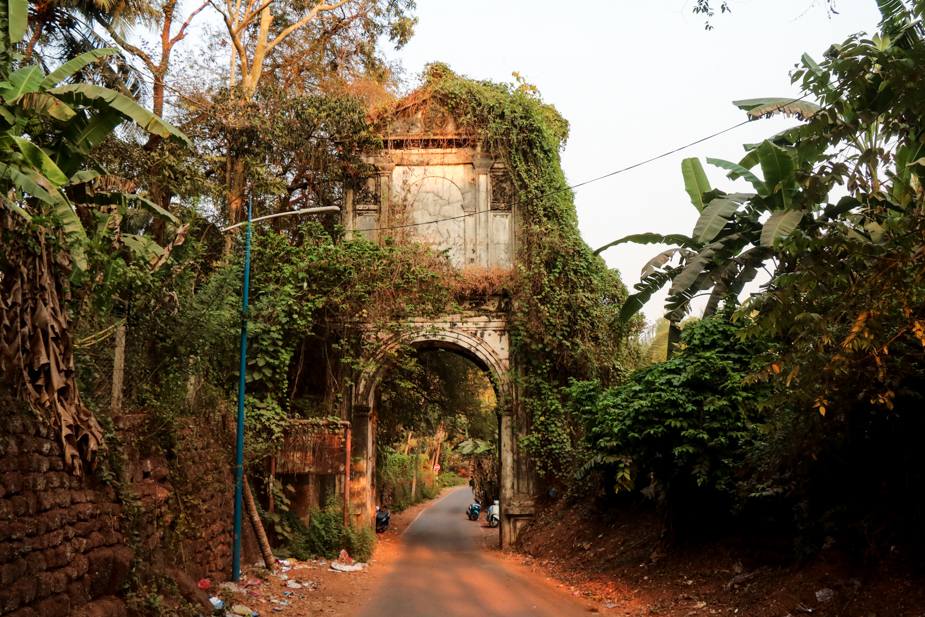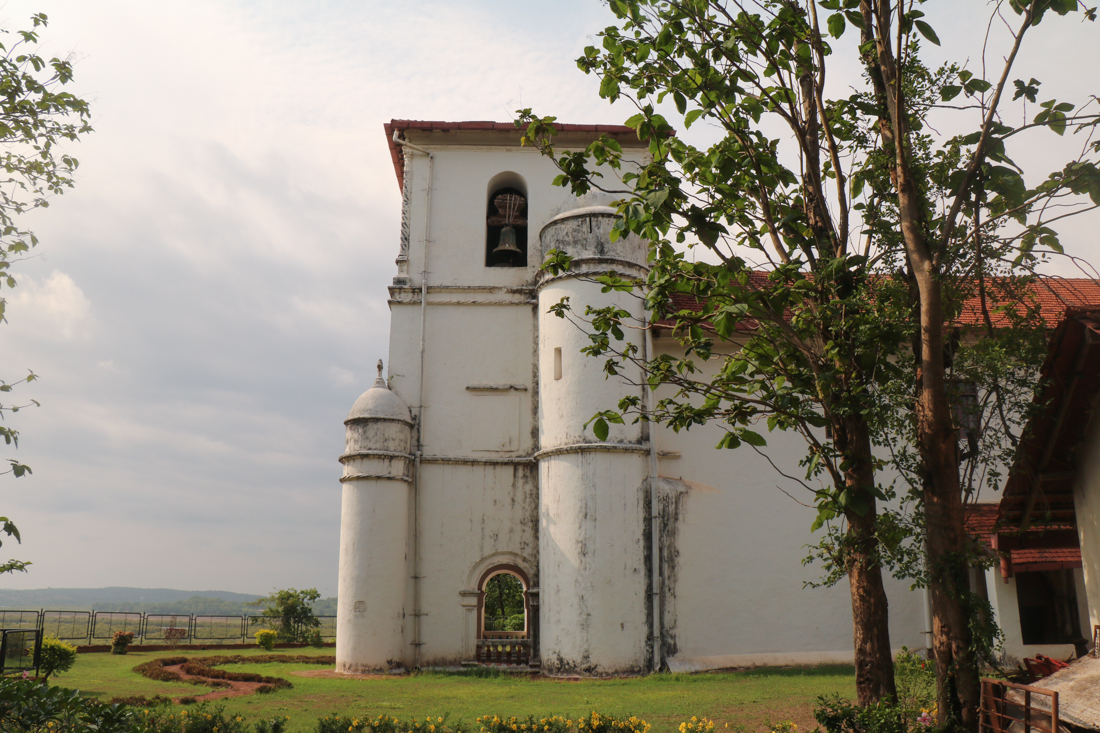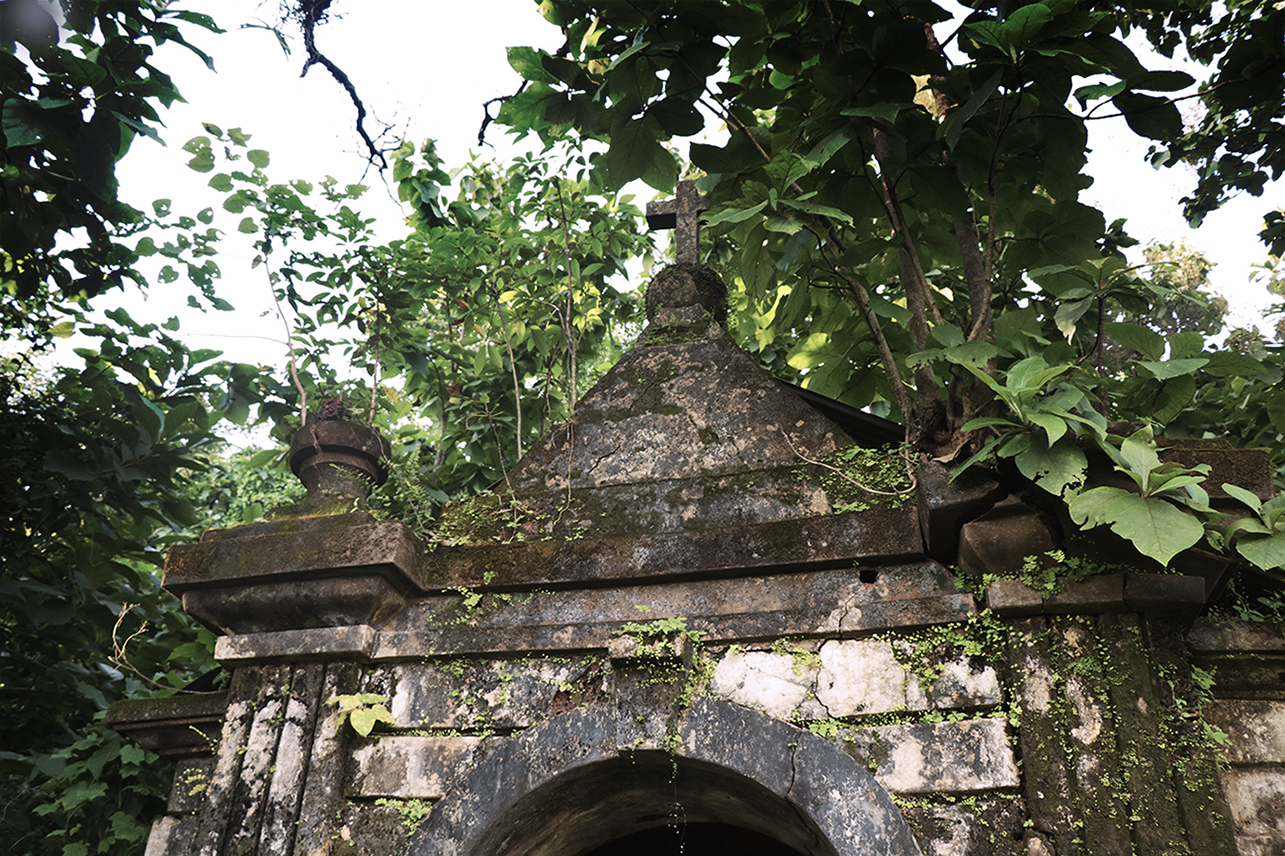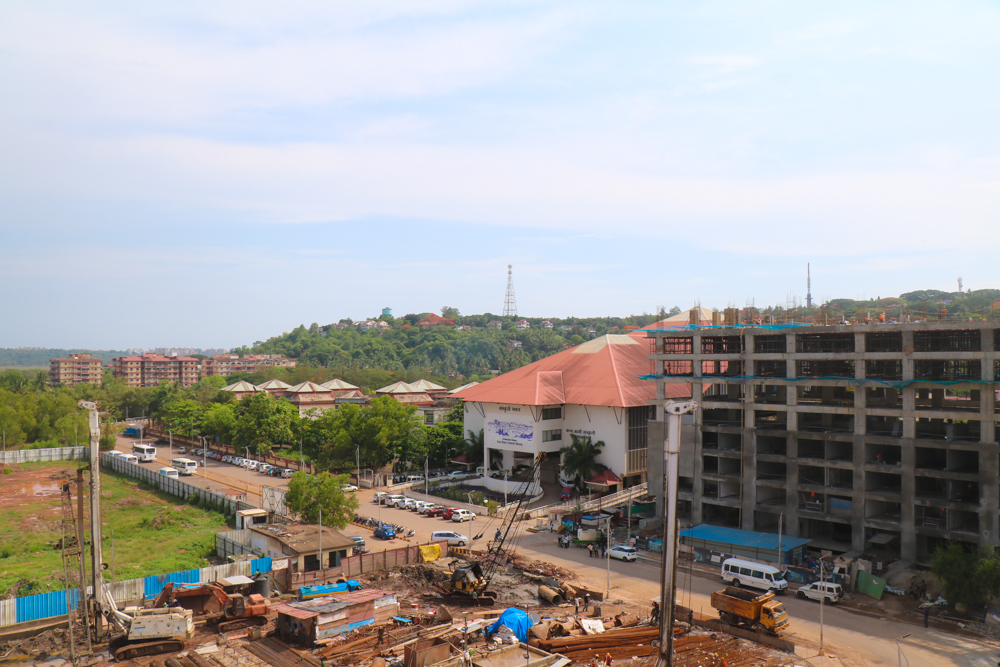More often than not, I find myself in a room with people who do not get architectural conservation. ‘Why should we preserve that?’ ‘Its outdated’ ‘Theres a land crunch, we need to raze this to the ground and build over’ are just few of the reactions one could record. After countless hours spent in dissertations, theses,reading and writing, the question ‘why preserve’ will always haunt us. What is it about the old that moves us so emphatically? Why are the images of these old buildings so captivating? But at the same time… why does such a large portion of society not understand the importance of this heritage? Many questions, but few answers. Over here we try to jot down our reasons for the cause we are fighting
Descendents’ trust
You’re probably just 20-30 odd years old,but people have been building for centuries altogether. Each successive civilization’s buildings have lessons stored in them, and these have been carried forward by each preceeding generations. Therefore Heritage is rightly defined as something that we have inherited from our past. It’s almost as if by being born into this world, we enter into a covenant with our ancestors in which they have entrusted onto us the duty of safeguarding this heritage. Who are you to suddenly step in and decide to stop this tradition? To abolish all the lessons stored in them?
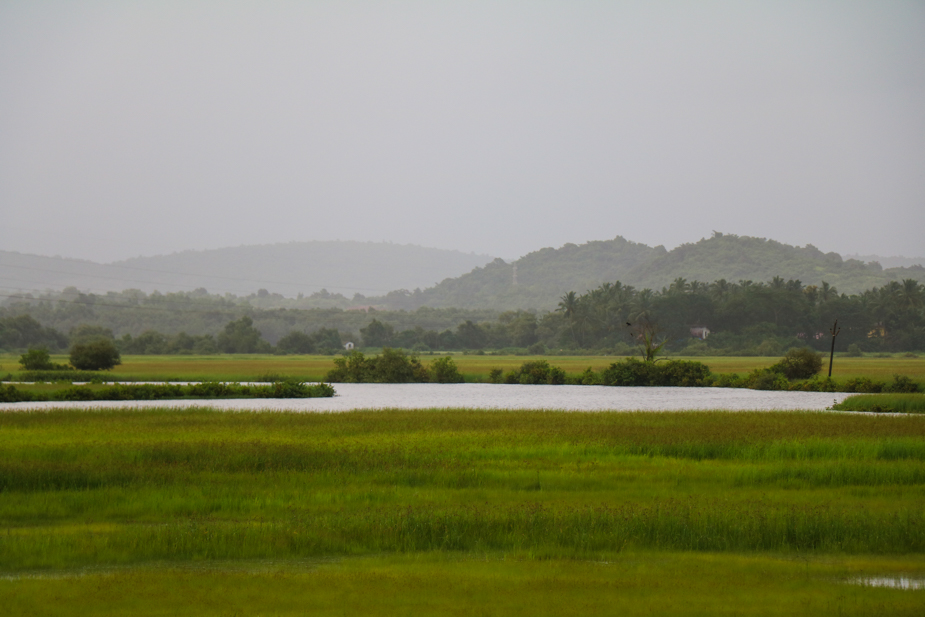
Identity
Built heritage is the physical component of the identity of a village, town or city. Through its buildings, we get to know the social, economic and cultural fabric of the place. Great incidents, great personalities and local produce are intertwined with the architecture of the region. If you want to know who you are, you have to conserve these important urban neighborhoods.
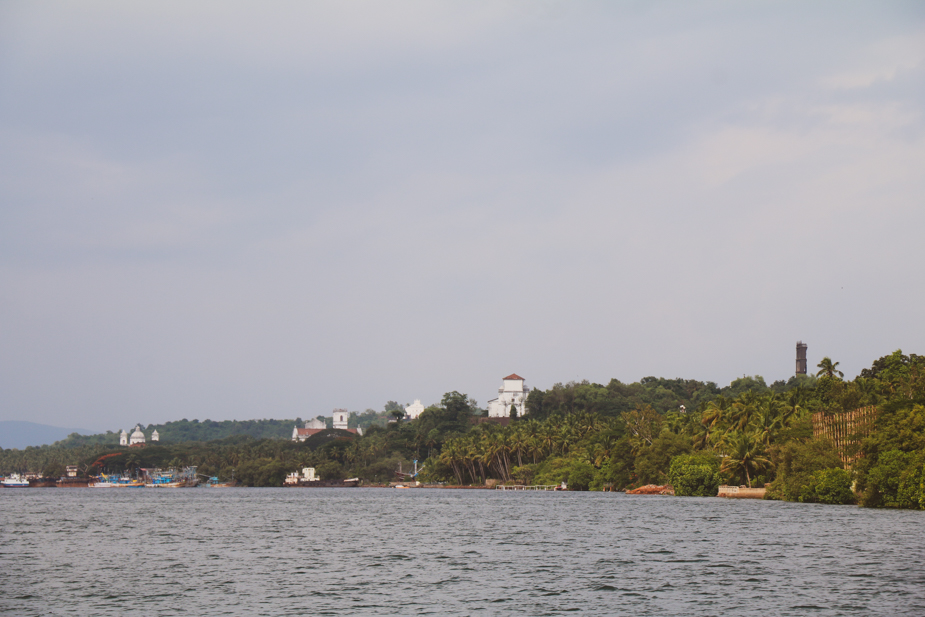
Lessons in design and construction technology
What ever happened to the master mason, who delivered to us our true architectural identity? In the days of yore in Goa, it was mostly this individual who would decide the layout of the house. Masons would be influenced by houses built nearby, sometimes by their previous work, and would have a fixed idea of what a house would be like. On top of this however, they would add a bit of their creative influence to it. Living in the 21st century, we have lost this completely. The world is now a smaller place. But the work of the master masons have been etched forever as part of our Goan identity, and hence for the truth-to-place it holds, these old buildings should be preserved.
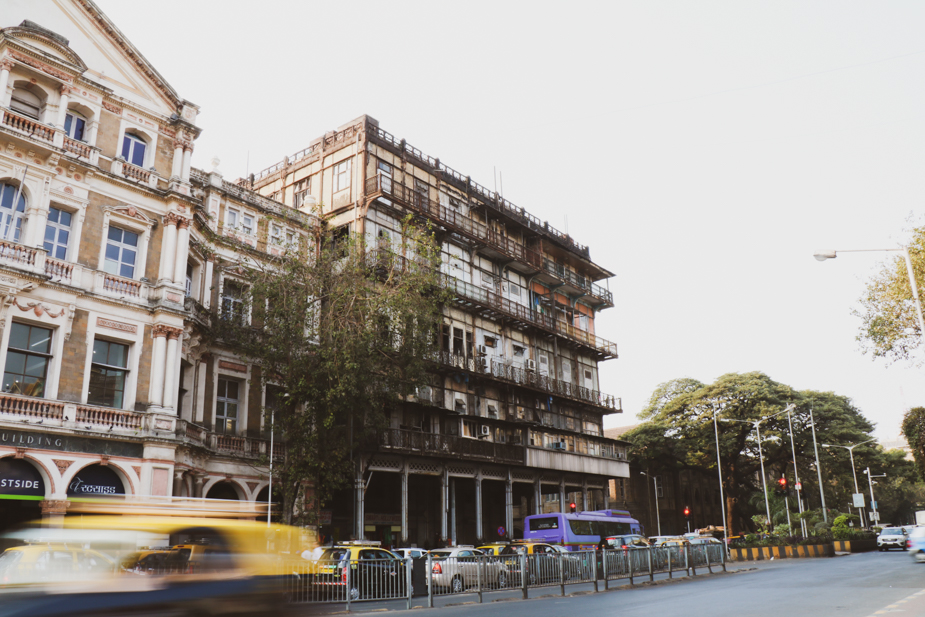
Beauty of old
‘It is not good because it is old, it is old because it is good’. There is a certain quality of aged buildings that unfailingly captivates us. From the classical buildings along Avenue des Champs-Élysées to a small mud structure in Fontainhas, they are downright beautiful. The carefully calculated facades, the corbels carrying the roof beyond the wall, the intricate cast iron grills, the limes plastered surfaces, the soiled clay tiles, sagging wooden rafters, the flutes in the columns – some of these may be such rudimentary elements, but the scarcity of such things in this day and age puts it up on a pedestal. They have to be preserved because they are special pieces of craftsmanship.
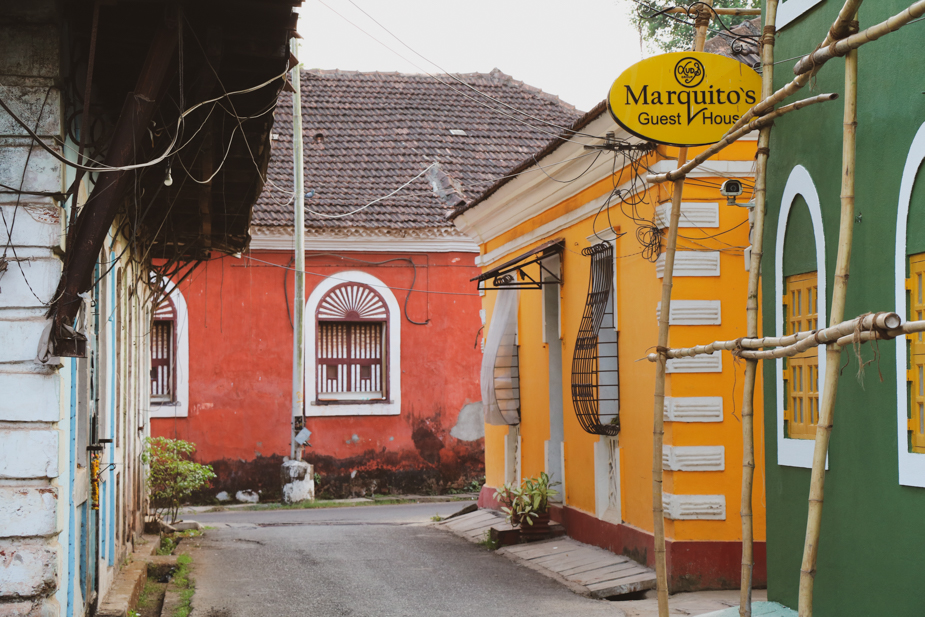
Heritage is for everyone
Just because you don’t see value in a certain part of your neighborhood or a certain building, doesn’t mean others don’t. We are all citizens of Earth, and have the right to know about the human race and how it has evolved. Architecture is a big component in assisting this.
We all know Old Goa has a significance for people on an international level. Its World Heritage. But we should also look at the non-obvious examples. For example, if someone were to want to study the social fabric of 18th century Panjim, you can’t deny him the right to do that too, no matter where he is from. That’s his heritage too. In the same way, you would feel robbed if you made a trip to say London, and seen an important neighborhood wiped out, denying you the chance to experience it. We all belong to this world, and the world’s heritage belongs to all. We should therefore try to preserve as much of our surroundings as we can, and not marr it with unsightly buildings or insensitive planning.
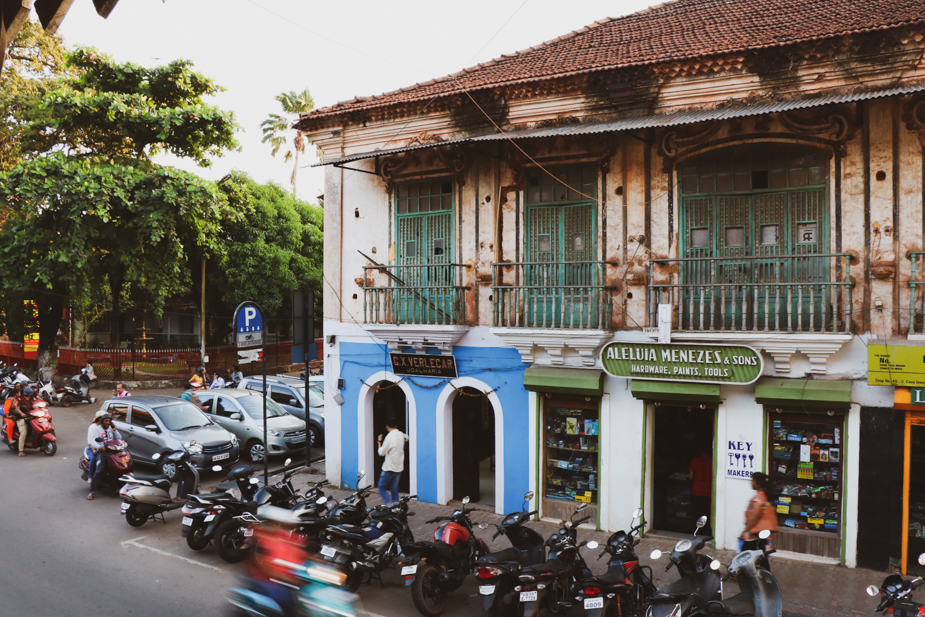
For the future
It is said “The better we understand our past, the more we are able to shape our future’ Thus preserving our built heritage is not about being clingy towards our past, but rather seeing it as a valuable asset for our future.
The past serves as a window to our former selves. We cannot progress then, if we do not know where we came from. All future progress will be futile because we would not have a measure to measure ourselves against.
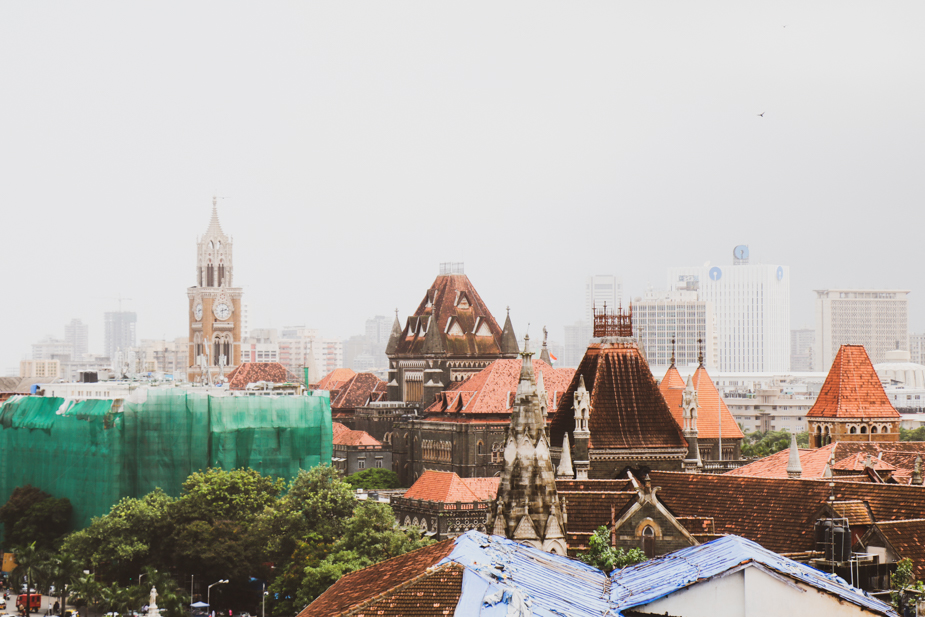
To take care of the Earths resources
It is often said – the most sustainable building is the one that is already built. In a world that is obsessed with LEED certifications and ratings, we tend to shy away from incorporating old buildings into our present day needs. Some like to take the easier way out. But Adaptive Re-use and Rejuvenation are great ways to prolong the life of heritage buildings while meeting todays needs.
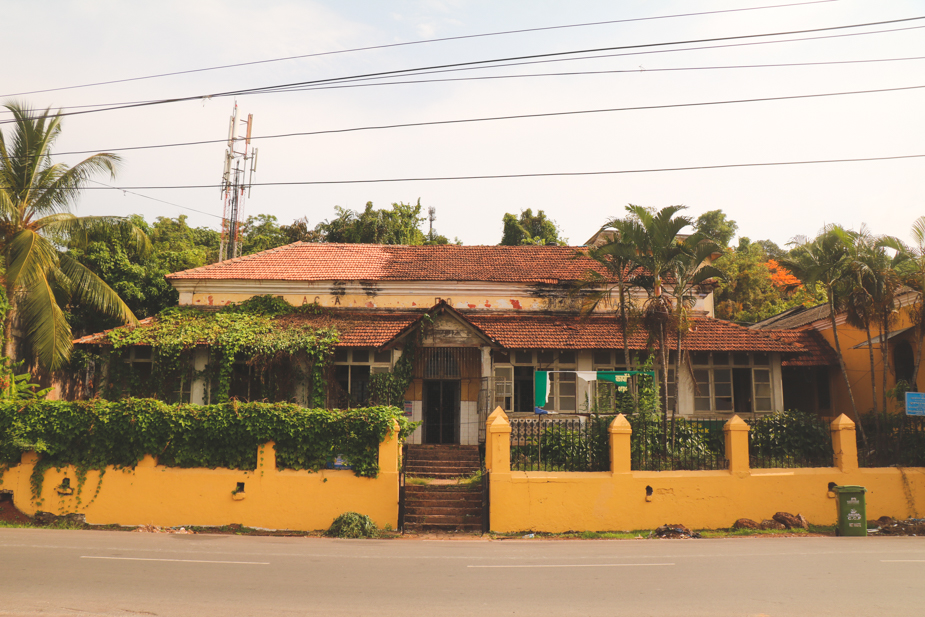
Regret is a one way street.
There is no chance to renovate or to save a historic site once it’s gone. And we can never be certain what will be valued in the future. This reality brings to light the importance of locating and saving buildings of historic significance―because once a piece of history is destroyed, it is lost forever.
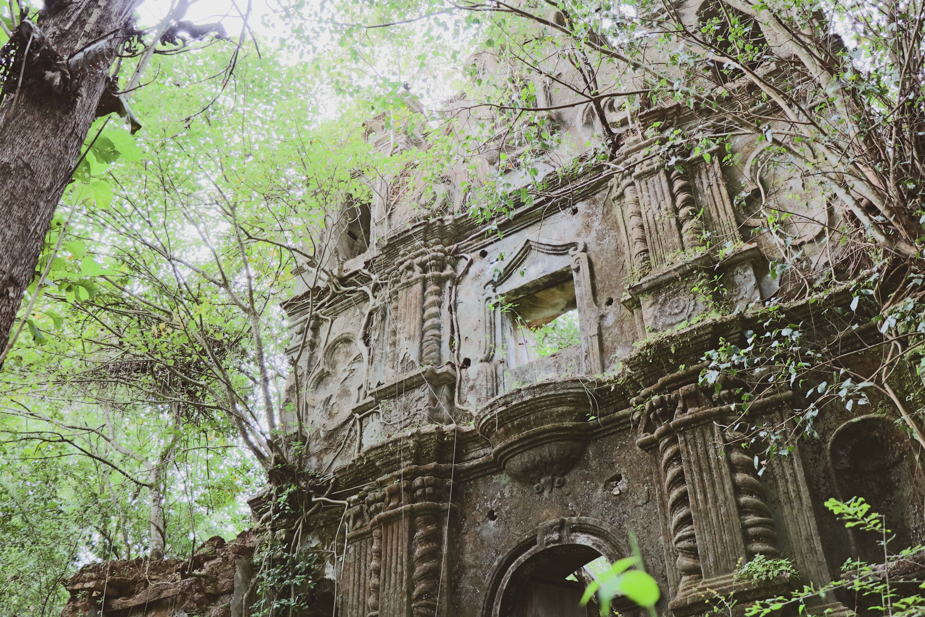
It would be best to conclude with a quote from the world renowned conservation architect Vikas Dilawari.
“If yesterday’s architecture is today’s heritage, can today’s architecture be tomorrow’s heritage? If it can, you can pull down the old structure provided the new one benefits the city. But if you can’t come up with something good, don’t mess around with something which we have inherited, that is better”

